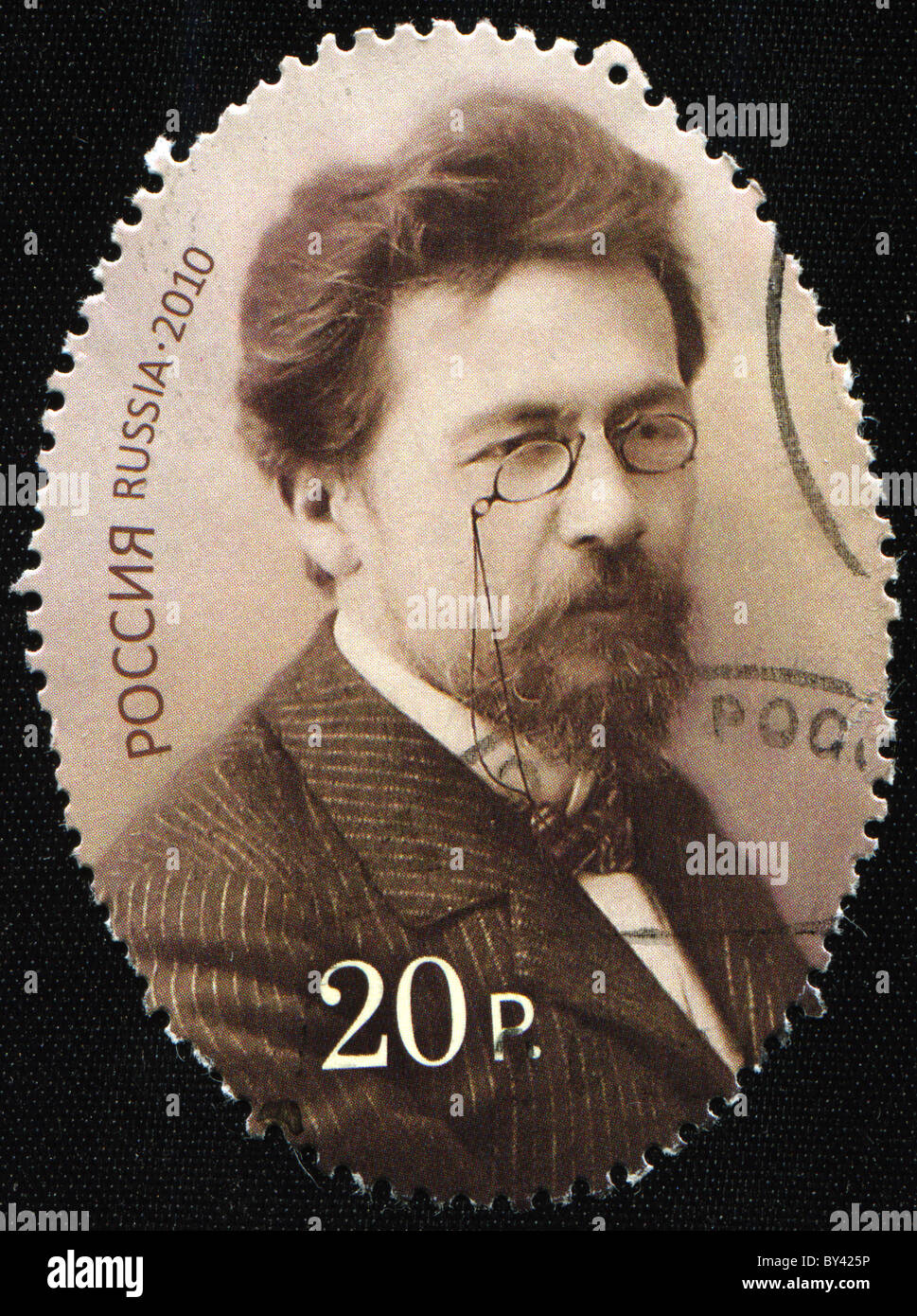

He concluded that more than charity and contribution, it was the need for humane treatment for the convicts that the government needs to concerned about.

The state of affairs at Sakhalin moved him much emotionally as he was disturbed at the plight of men and women and the misuse of power. Meanwhile, during the journey, he wrote numerous letters to his sister about the town of Tomsk which are considered amongst his best work to date. In 1890, he moved to the far east of Russia, where he spent much of his time interviewing thousands of convicts and settlers for a census. The play marked a turning point in his career as it revealed a new level of intellectual development and literary rise in his life. He followed this up with a play, 'Ivanov' which was much appreciated by the audience. The work was much appreciated and earned a publication in a literary journal. The beauty of the place inspired and mesmerized him so much so that he penned a novella or short story on it titled, 'The Steppe'. In 1887, his work, 'At Dusk' won him the coveted Pushkin Prize.Įxhausted from his work and depleting health, he took a trip to Ukraine. It was following the advice of Dmitry Grigorovich that he slowed down his speed and concentrated on coming up with quality work with artistic allure. His writings impressed eminent Russian writers and readers. It was in 1886 that he was invited to write for Novoye Vremya (New Times), owned and edited by the business magnate Alexey Suvorin. Thus, he continued with his passion for writing.

Two years henceforth, he qualified as a physician and started practicing.ĭespite the medical practice being his main profession, he did not make much money from it. In 1882, he started writing for Oskolki, which was one of the leading publishers of that time. He started off by writing humorous short stories about contemporary Russian life and soon earned a reputation for himself. (age 44) Taganrog, Rostov Oblast, Russian FederationĪnton Chekhov essentially took to writing to support the family and his studies.


 0 kommentar(er)
0 kommentar(er)
